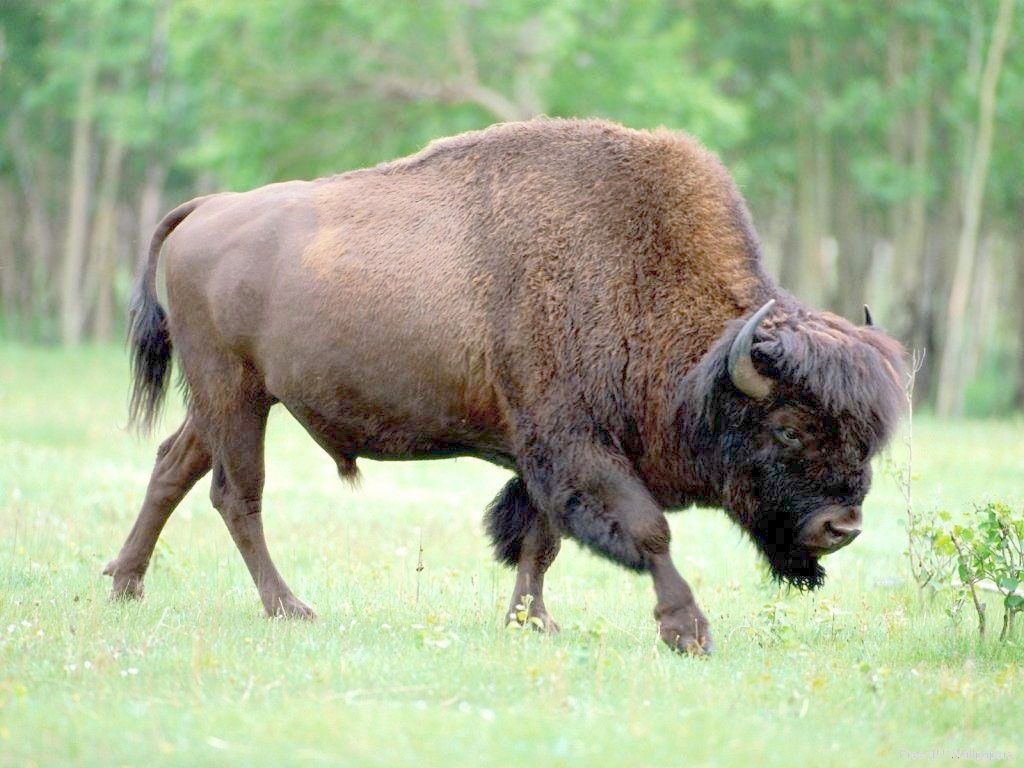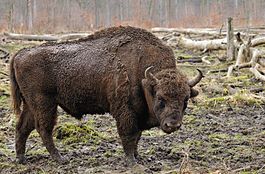How did dinosaurs appear and why did they become extinct?
The Greek word "dinosaur" means "terrible lizard." Apparently, the first huge dinosaur bones found made a terrible impression on scientists. Still would! Legs the size of a man, teeth the size of a palm, skulls the size of a small car. In the beginning, all dinosaurs were considered “terrible reptiles.” But not all dinosaurs were huge. Among them were small and medium. They could be covered with scales, shell, bone film, just skin or feathers, have fangs, a large number of teeth, and beaks. They were divided into predators, herbivores, scavengers; lived alone or in groups, in both warm and cold climates.
Small dinosaurs that walked on two legs looked like plucked chickens, but with the head and tail of a lizard. Strong and muscular hind legs helped them run fast. The giants had huge legs, similar to those of an elephant, but with claws. And the long necks looked like a suspension bridge.
The largest dinosaur is the ultrasaurus. It weighed 130 tons, was 30 meters long and 18 meters high.
On the open plain, where the tops of coniferous plants rise above the crowns of rare trees and impenetrable thickets of ferns, you will hear the crackling of breaking branches and the sounds of the heavy tread of huge and clumsy brachiosaurs.
They are smaller in size than the Ultrasaurus, but they could reach the roof of a five-story building.
The individual weighs about 70 tons; they prefer to eat only the top, most tender shoots of trees. They have sharp teeth, with which they easily bite branches and break cones; after their meal, the trees remain completely bare. And after a hearty lunch, they swallowed stones. The stones helped them grind the stems and leaves that ended up in their stomach. These dinosaurs did not offend anyone.
Suddenly your attention turns to the thickets. Two plateosaurs roar through them, their oval heads on long necks floating above a sea of treetops.
These predatory dinosaurs got their name because of the shape of their paws. They reached a length of 5 meters.
You move further and soon come to the bank of a shallow river. At the very edge of the water, a pair of Coelophysis, relatively small but very ferocious dinosaurs, fight fiercely for the right to feast on the best piece of meat. Coelophysis ate everything: insects, amphibians, lizards, other reptiles and their own kind. The smallest and most numerous of the first were the size of a chicken. The largest specimen reached 5 meters (including the tail) and weighed 100 kilograms.
It's time to move on, to the next era of dinosaurs...
We are now in the Jurassic period - 155 million years ago. The climate became more humid, and the land that was once covered with solid sands became green with the appearance of new plant life.
I am fascinated by the sight of a giant female diplodocus basking in the morning sun. It's so big that I can hardly believe my eyes. Her body is the size of two elephants, but together with her snake tail and huge neck swinging in different directions, she reaches at least 30 meters in length. This caring mother has just laid about a hundred eggs in large round holes, each of which is the size of a football sword. The babies will hatch underground and then come out. And soon these baby dinosaurs will begin a life that will be nothing more than constant consumption of food. In less than a year, each “cub” will weigh about a ton. Adult diplodocus weighs up to fifteen tons. Diplodocus travels in herds of about thirty individuals each. If you look closely, you will notice that every dinosaur every now and then touches the tip of its tail to the one behind: in this way they make sure that everything is kept together and that there are no lagging behind.
As you move deeper into the forest, you find yourself splashing through damp soil. You are tired and sit down to rest. You are enveloped in drowsiness, but then a dull growl is heard... This is an Allosaurus - a large, ferocious and deadly predator: length up to 12 meters, weight up to 2 tons. These animals have strong front legs and fearsome claws. An Allosaurus will never attack an adult Diplodocus for fear of being crushed.
But suddenly, like a living mountain, a stegosaurus slowly emerges from behind the trees.
This animal is a herbivore, but you should be wary of it: the stegosaurus has four sharp spikes on its tail, each a meter long, so it can easily repel an attacker. Powerful bony plates covered the back of the stegosaurus. Some scientists believe that the plates regulated the animal's body temperature, storing heat like solar panels.
This is an amazing sight, but it's time to move on to the next prehistoric period - the Cretaceous period, 150 million years BC. The first person we meet is Cryptoblade.
It moves in the water with the help of four large fins. He sinks to the bottom and buries his head in the sand. There he swallows stones, which pull the animal's body to the bottom, and it can remain under water longer. A swift shadow rushes past, and you shy away in fear. This is an ophthalmosaurus.
This is the fastest inhabitant of the sea, reaching 5 meters in length and capable of reaching speeds of up to 50 km/h. It uses its fins for steering and is propelled forward by its tail. A little further in the depths lurked another, truly formidable predator - Liopleurodon.
It reaches 20 meters in length, its mouth is lined with dagger-like teeth.
But with your return to land you are unlikely to be free from danger. Soon you will stumble upon eustreptospondylus, the sovereign owner of the unearthly part of the island. This predator eats everything it can sink its terrible teeth into.
You are again transported 5 million years into the future. The sky is full of life: pterosaurs - flying reptiles - soar in the air above you. These are called tapeyars. They have completely unusual heads; you can't stop staring at the large sail-like red crest of skin and bones that rises from their head just above their beak. Suddenly I see another pterosaur flying past. This is an ornithocheir; it is absolutely immense in size; a double-decker bus could fit in the shadow of its wings! Walking further along the coast, you encounter herds of iguanodons.
This is a herbivorous dinosaur with cheek pouches and cone-shaped, dagger-sharp claws on its thumbs. Its weight was about 5 tons.
You are standing on the edge of a forest at the end of the Cretaceous period. During this geological period, many volcanoes erupted everywhere and the air eventually became poisonous fumes. The world of dinosaurs is in danger!
Suddenly, a dull growl is heard behind you. Despite everything you've already seen during your journey, you find yourself unprepared for a confrontation with a Tyrannosaurus rex. It had more than 50 sawtooth fangs up to 18 centimeters long and weighed over 6 tons. He could not reach his mouth with his short front paws.
It is now 65,219,977 BC. This date is so far away, but something is already coming. A giant stone, a meteorite, is flying from space towards the Earth. Its collision with the Earth will be so sudden and crushing that 40 billion tons of earth, stones, dust and ash will rise into the sky. All this will be blocked by the sun, the temperature will drop below zero. Tons of solid rocks that flew into the air, falling to the ground, formed new craters and caused ongoing fires. The plants died, and with them herbivores and predators. The greenhouse effect will greatly change the climate. The dinosaurs that ruled the world for 165 million years will become extinct. Only a few will survive such a terrible natural disaster. Even an experienced traveler like you cannot do this. And when the Sun - a fat blood orange - begins to set, you leave the wild beauty of the prehistoric world and return home.



No comments here yet.